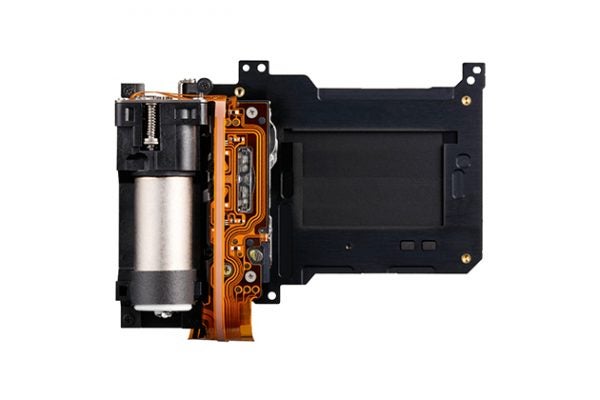The focal-plane shutter is an outstanding mechanism that deserves to be appreciated
When I was young, I liked the idea of making movies. To be honest, I liked the idea of a movie camera, and the idea that it could whip through so many photographs one after another. Even at that tender age I was interested in how things worked, and after a bit of investigation (harder then, without the internet, but we did have a good public library) I learned about the rotary shutter and film pull-down mechanism. The mechanics seemed to be logical enough, but what amazed me was that it could be made to work at 16fps, which at the time was the frame rate for hobby movies.
For my next birthday, I was given a cine camera. I never got to make any films, partially because I didn’t have a projector to show them on, but also because one of the first things I did with my new camera was take it apart so I could see the internal workings. They were all there, just as in the book, but somehow after I put it back together it never worked as well again.
What started me thinking about this was the specification of the new Canon EOS-1D X Mark II. Like my little cine camera, this can operate at 16fps, so in theory it could be used to make cine films. Indeed, when shooting JPEG files this is fully practical.
If shooting JPEGs the EOS-1D X Mark II has an unlimited buffer size, and since a full-resolution JPEG file occupies about 8MB, on a 64GB memory card the camera could store 8,000 frames, or more than eight minutes of video. This might not sound like much, but consider that a spool of 8mm film could record four minutes of action.
But I digress. My line of thinking was that it was remarkable that what was previously achieved by a simple rotary disc shutter can now be achieved with a full-frame focal-plane shutter. Consider what the two mechanisms have to do. To expose the next frame, the rotary-disc shutter merely has to rotate half a turn, and this movement is continuous, so the mechanism simply consists of the disc connected to a suitably governed motor.
By contrast, to expose each frame, the focal-plane shutter must move two metal blinds across the frame, separating them by precisely the time required to give the required shutter speed. The movement of the two blinds must be matched to give a consistent exposure across the frame, which entails precise control of its acceleration and deceleration. The latter is particularly important because the deceleration must be done gently to avoid shutter shock, which can blur the fine detail in an image.
While camera reviews tend to concentrate on electronic features these days, I think it is worthwhile pausing to consider the ingenuity of the engineers who have designed a mechanism that can work that fast and accurately, and endowed it with a life of 400,000 actuations – enough for nearly seven hours of video shooting.
Bob Newman is currently Professor of Computer Science at the University of Wolverhampton. He has been working with the design and development of high-technology equipment for 35 years and two of his products have won innovation awards. Bob is also a camera nut and a keen amateur photographer.





